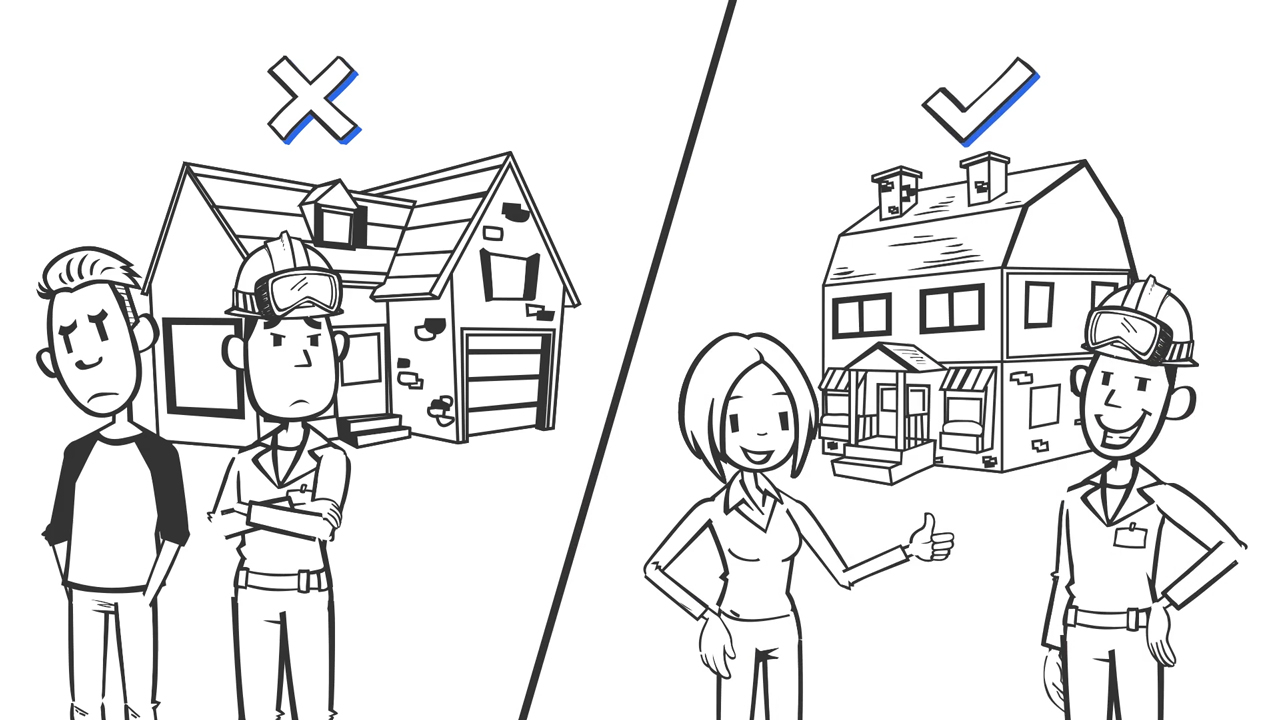
How do I improve at drawing?

Improving your drawing skills involves a combination of regular practice, studying the fundamentals, and experimenting with different techniques and materials. Here are some key tips to help you enhance your drawing abilities:
Practice Regularly
- Consistent practice is crucial for improving your drawing skills. Make drawing a part of your daily routine, even if it's just for a few minutes each day. This habit will help you see steady progress over time234.
Study the Fundamentals
- Understand and practice the basics of drawing, including composition, perspective, shading, and proportions. Online tutorials, classes, and drawing books can be valuable resources for learning these fundamentals123.
Observe and Draw from Life
- Observing and drawing real-life objects, people, and landscapes can significantly improve your skills. This practice helps you understand how light and shadow interact with subjects and how to capture their forms and proportions accurately124.
Learn from Other Artists
- Study the work of other artists you admire. Analyze their techniques, styles, and how they achieve specific effects. This can help you learn new methods and gain inspiration for your own work12.
Experiment with Different Materials
- Try drawing with various materials such as pencils, pens, markers, charcoal, and watercolors. Each medium has its unique characteristics, and mastering different tools can expand your creative possibilities124.
Get Feedback
- Seek feedback from other artists or teachers. Constructive criticism can help you identify areas for improvement and reinforce your strengths1.
Use Sketchbooks and Journals
- Keeping a sketchbook or journal is an excellent way to track your progress and practice drawing regularly. It allows you to observe how your skills evolve over time and provides a space to experiment freely12.
Focus on Key Skills
- Improve specific skills such as drawing shadows, shapes, and perspective. These elements are crucial for creating depth and realism in your drawings. Start by observing how light and shadow interact, practicing basic shapes, and using grids to help with perspective2.
Warm-Up Exercises
- Begin your drawing sessions with warm-up exercises to improve your motor skills and eye-hand coordination. Examples include drawing continuous lines, cross-contour lines, freehand circles, and basic shapes like circles, triangles, and squares34.
Timed and Gesture Drawings
- Practice timed drawings and gesture drawings to improve your speed and observation skills. These exercises help you focus on capturing the essence of a subject quickly and confidently34.
Break Free from Perfectionism
- Avoid the trap of perfectionism. Focus on the process of improvement rather than the end result. Identify areas where you need improvement and center your practice around those skills2.
Use Reference Tools
- Utilize tools like wooden art dolls or mannequins to help you practice drawing the human form and understand proportions and poses better2.
By incorporating these tips into your practice routine, you can accelerate your improvement in drawing and develop a more confident and skilled approach to your art.